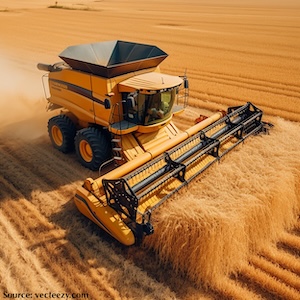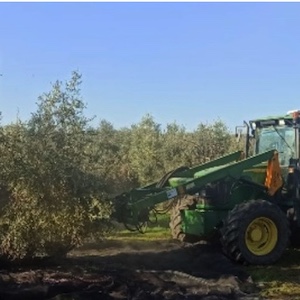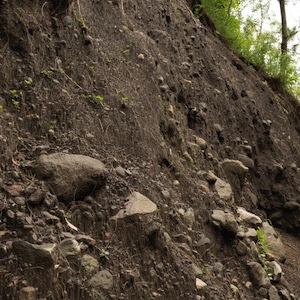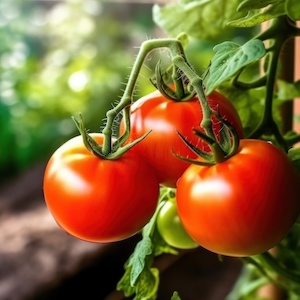Proximal optical sensing for vineyard control and management: a review
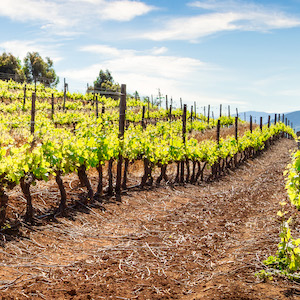
All claims expressed in this article are solely those of the authors and do not necessarily represent those of their affiliated organizations, or those of the publisher, the editors and the reviewers. Any product that may be evaluated in this article or claim that may be made by its manufacturer is not guaranteed or endorsed by the publisher.
Authors
Optical proximal sensing is playing an increasing role in the development of new approaches for monitoring and optimizing vineyard management. Moreover, technological evolution is now driving the development of smart strategies to support winegrowers in the decision-making process. This comprehensive review delineates the utilization of non-invasive optical proximal sensing methodologies, encompassing spectroscopy, multispectral and hyperspectral imaging, and thermography. The focus is on their application in the assessment of grape maturation and the monitoring of water status. Among the technological toolboxes potentially suitable for viticulture applications, optical technologies are convenient as they are capable to address the current viticulture needs in terms of quality of information and sustainability. Indeed, new optical sensors, spectral platforms, IoT, and robotics integrated with agricultural machinery are being increasingly proposed as research outputs for future applications to map important aspects of modern vineyard management as a future crucial issue, today related to arid regions. The needs and challenges of the viticulture sector have been highlighted, deepening the fundamentals of optical proximal sensing. This was followed by a discussion about the use of optical data for developing predictive models (qualitative or quantitative), with an emphasis on two important challenges of modern viticulture: the monitoring of grape maturation as a general key aspect, and of vine water status, as a future challenge raising importance. Finally, new trends and frontiers of the development and adoption of optical technology in viticulture were discussed.
How to Cite

This work is licensed under a Creative Commons Attribution-NonCommercial 4.0 International License.







